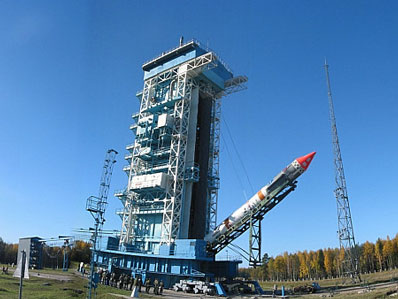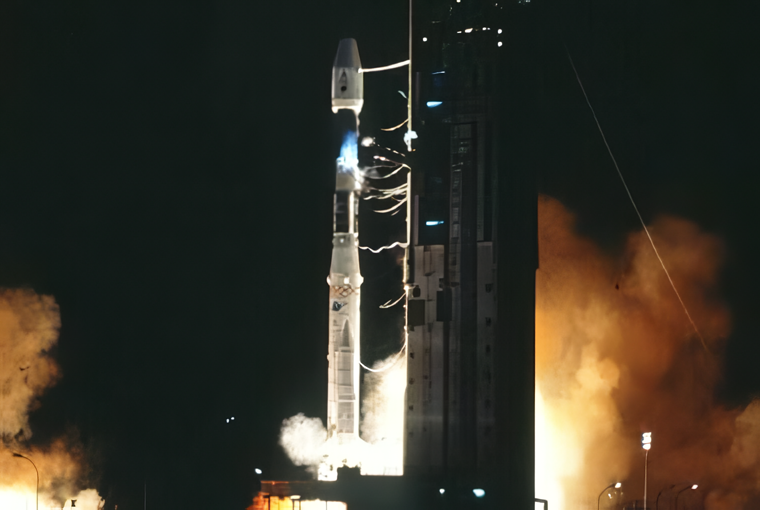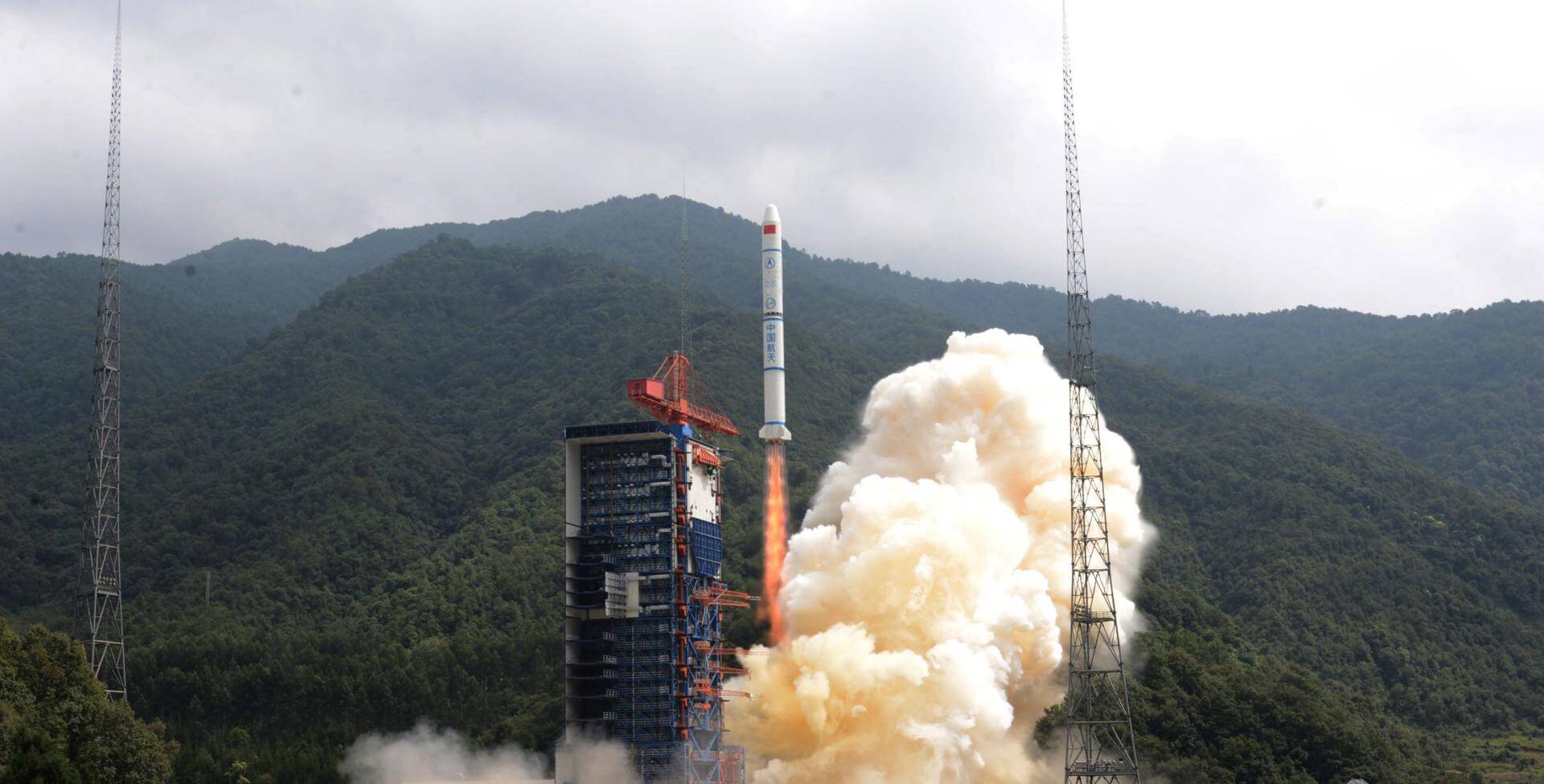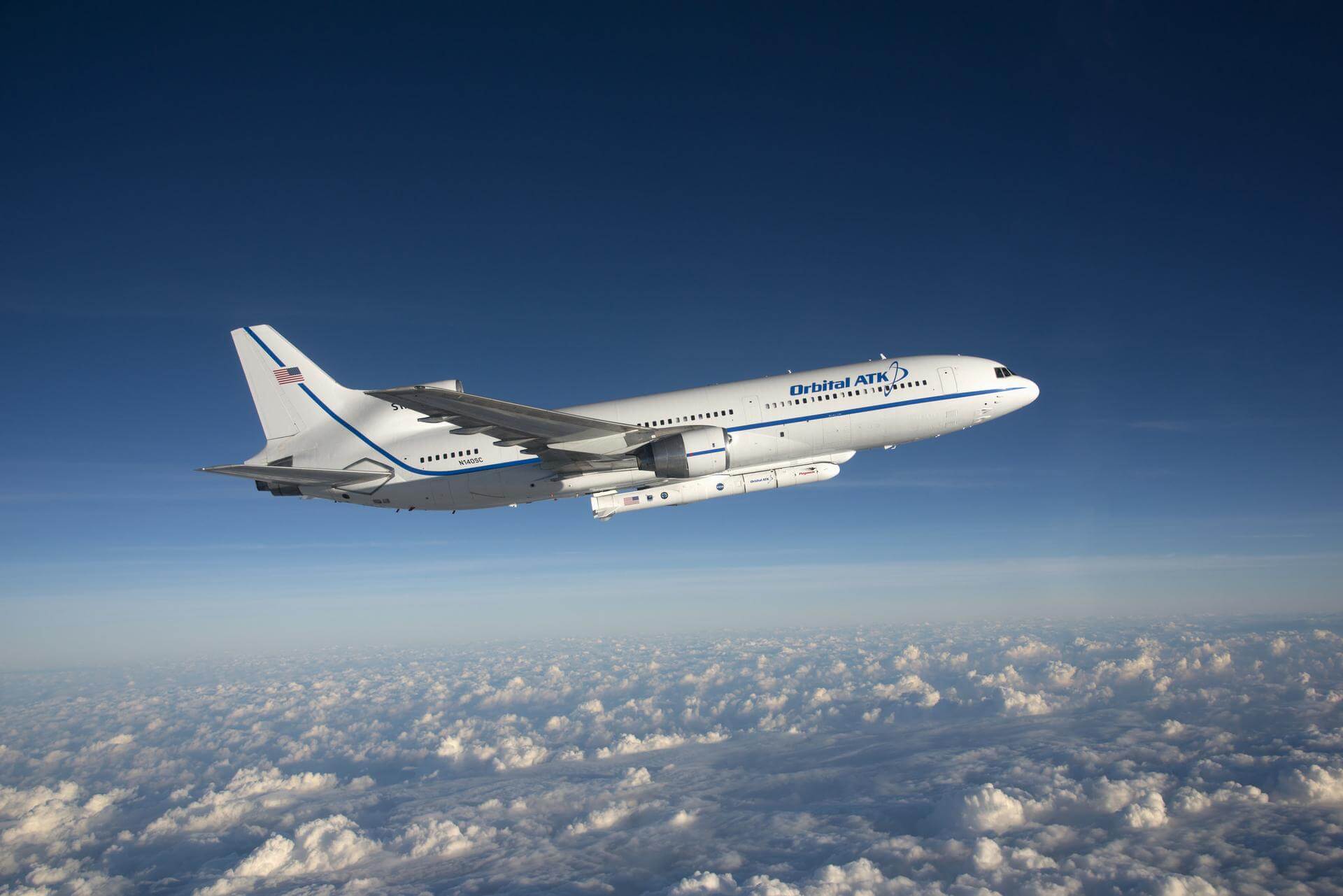Previous Spaceflight Launches
Filter by Agency, Locations or Vehicles
Show All LaunchesDelta 7425-9.5 | Mars Polar Lander
McDonnell Douglas | United States of AmericaCape Canaveral SFS, FL, USA
Jan. 3, 1999, 8:21 p.m.
Status: Launch Successful
Mission:
The Mars Polar Lander, also known as the Mars Surveyor '98 Lander, was a 290-kilogram robotic spacecraft lander launched by NASA on January 3, 1999 to study the soil and climate of Planum Australe, a region near the south pole on Mars. It formed part of the Mars Surveyor '98 mission. On December 3, 1999, however, after the descent phase was expected to be complete, the lander failed to reestablish communication with Earth. A post-mortem analysis determined the most likely cause of the mishap was premature termination of the engine firing prior to the lander touching the surface, causing it to strike the planet at a high velocity.
Heliocentric N/AProton | Uragan 72 to 74
Khrunichev State Research and Production Space Center | RussiaBaikonur Cosmodrome, Republic of Kazakhstan
Dec. 30, 1998, 6:35 p.m.
Kosmos-3M | Parus 90
Russian Space Forces | RussiaPlesetsk Cosmodrome, Russian Federation
Dec. 24, 1998, 8:02 p.m.
Ariane 42L | PAS 6B
Aérospatiale | FranceGuiana Space Centre, French Guiana
Dec. 22, 1998, 1:08 a.m.
Status: Launch Successful
Mission:
In March 1998, Hughes Space and Communications Company of El Segundo, Calif., was selected by PanAmSat Corporation of Greenwich, Conn., to build PAS-6B, a Hughes HS-601HP spacecraft model to provide direct-to-home television transmissions in South America. The satellite was launched Dec. 21, 1998.
Geostationary OrbitLong March 2C/SD | Iridium 88 & 89
China Aerospace Science and Technology Corporation | ChinaTaiyuan Satellite Launch Center, People's Republic of China
Dec. 19, 1998, 11:39 a.m.
Status: Launch Successful
Mission:
Iridium provides global mobile telecommunications services using a constellation of 66 low earth orbit satellites in a 86.4° inclined orbit. Although 77 satellites were originally envisioned for the system and spawned the name based on the 77th element in the periodic table, the system has been scaled back. Motorola's Satellite Communications Group designed and manufactured the Iridium satellites with Lockheed Martin providing the LM-700A spacecraft buses.
Low Earth OrbitDelta 7425-9.5 | Mars Climate Orbiter
McDonnell Douglas | United States of AmericaCape Canaveral SFS, FL, USA
Dec. 11, 1998, 6:45 p.m.
Status: Launch Successful
Mission:
The Mars Surveyor '98 program is comprised of two spacecraft launched separately, the MCO (Mars Climate Orbiter, formerly the Mars Surveyor '98 Orbiter) and the MPL (Mars Polar Lander, formerly the Mars Surveyor '98 Lander). The two missions were to study the Martian weather, climate, and water and carbon dioxide budget, in order to understand the reservoirs, behavior, and atmospheric role of volatiles and to search for evidence of long-term and episodic climate changes. The Mars Climate Orbiter was destroyed when a navigation error caused it to miss its target altitude at Mars by 80 to 90 km, instead entering the Martian atmosphere at an altitude of 57 km during the orbit insertion maneuver.
Heliocentric N/AKosmos-3M | Nadezhda 8
Russian Space Forces | RussiaPlesetsk Cosmodrome, Russian Federation
Dec. 10, 1998, 11:57 a.m.
Pegasus XL | Submillimeter Wave Astronomy Satellite (SWAS)
Orbital Sciences Corporation | United States of AmericaAir launch to orbit
Dec. 6, 1998, 12:57 a.m.
Ariane 42L | Satmex 5
Aérospatiale | FranceGuiana Space Centre, French Guiana
Dec. 6, 1998, 12:43 a.m.
Status: Launch Successful
Mission:
SATMEX 5 is a Hughes HS-601HP or "high power" version of the body-stabilized spacecraft. It features more than 7,000 Watts of payload power, at least 10 times the capacity of Morelos II. Through such innovations as dual-junction gallium arsenide solar cells, radiation-cooled traveling-wave tube amplifiers (TWTAs), advanced battery technology, and a xenon ion propulsion system, XIPS, the HS-601HP can carry payloads twice as powerful as those on the HS 601 models, with an expected 15-year mission lifetime.
Geostationary OrbitSpace Shuttle Endeavour / OV-105 | STS-88
National Aeronautics and Space Administration | United States of AmericaKennedy Space Center, FL, USA
Dec. 4, 1998, 8:35 a.m.








